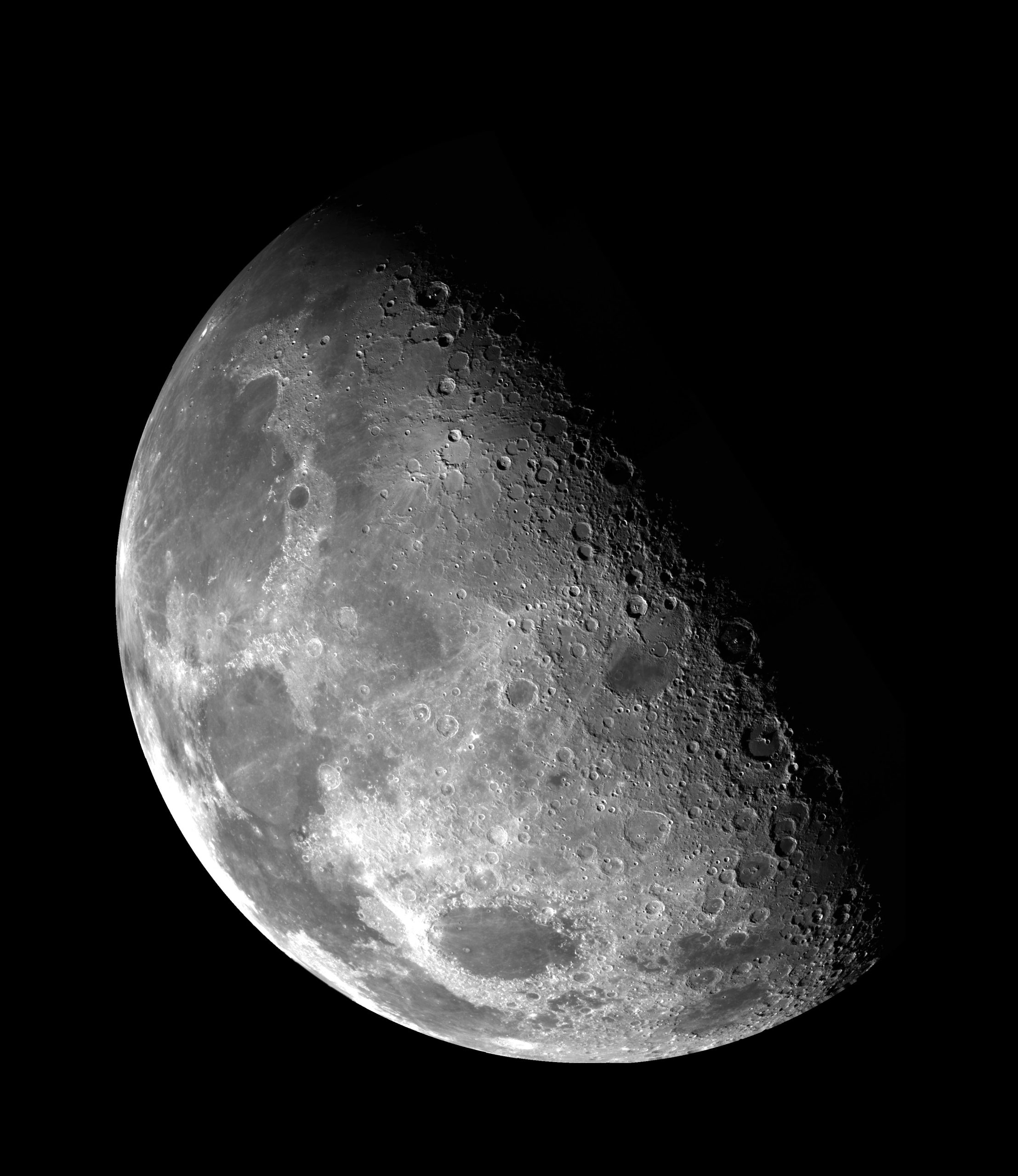The Length of the Lunar Cycle: An In-Depth Exploration
The Moon, with its captivating luminosity and ever-changing appearance, has fascinated humanity for centuries. Its cycle of phases, from new moon to full moon and back again, is a familiar sight that has inspired myths, songs, and even scientific inquiries. But have you ever wondered how long it takes for the Moon to complete one full cycle? In this blog post, we will delve into the intricate details of the lunar cycle, exploring its length, variations, and the factors that influence it.
The Definition of the Lunar Cycle
Before we dive into discussing its length, let’s establish what exactly we mean by the term “lunar cycle.” The lunar cycle refers to the recurrence of the Moon’s phases as seen from Earth. It begins with the new moon, where the Moon is completely obscured from view, and ends with the next new moon when the Moon is again invisible. The period of time in between these two new moons is known as the lunar month.
The Length of the Lunar Month Explained
Contrary to popular belief, the length of a lunar month is not fixed at 30 days. In fact, it varies slightly due to several factors. The average duration of a lunar month, also known as the synodic month, is approximately 29.53 days. This duration is based on the Moon’s position relative to both the Sun and the Earth.
The Moon orbits the Earth in an elliptical path, and during this journey, it constantly changes its position in relation to the Sun. As a result, the time it takes for the Moon to complete one full cycle of phases can range from 29.26 days to 29.80 days.
The primary reason for this variation is the eccentricity of the Moon’s orbit. The Moon’s orbit is not a perfect circle, but rather an elongated ellipse. This means that at certain points in its orbit, the Moon is closer to the Earth (perigee) while at other points, it is farther away (apogee). Consequently, the duration of the lunar month can be affected by the Moon’s distance from the Earth.
The Influence of the Moon’s Orbit on the Lunar Cycle
The Moon’s orbit plays a crucial role in determining the duration of the lunar cycle. As mentioned earlier, its elliptical shape leads to variations in the Moon’s distance from the Earth. When the Moon is closer to the Earth during its perigee, it travels faster, resulting in a shorter lunar cycle. Conversely, when the Moon is at its apogee, it moves slower, leading to a longer lunar month.
Additionally, the Moon’s orbit is inclined relative to the Earth’s orbit around the Sun. This inclination causes the Moon to experience slight perturbations in its orbital motion. These perturbations, known as the evection and the variation, also contribute to the slight variations in the length of the lunar cycle.
Past and Future Lunar Cycle Records
The accuracy and precision in measuring the length of the lunar cycle have significantly improved over the years. Historically, ancient astronomers were able to estimate the Moon’s period reasonably well, but with modern technology, our understanding has become much more precise.
Astronomers now have a precise definition for the average duration of the lunar cycle, known as the synodic month. As mentioned earlier, it is approximately 29.53 days. However, because of the Moon’s eccentric orbit and other influences, the duration of each lunar month may vary slightly from the average.
In the future, lunar missions and advancements in observation techniques may help refine our understanding even further. Studying the Moon’s cycle is instrumental in fields such as celestial mechanics, astrophysics, and lunar exploration. As our knowledge grows, we may gain insights into the inner workings of not only our Moon but also other celestial bodies.
In Conclusion
The length of the lunar cycle, while an average of around 29.53 days, is not a fixed value due to various factors such as the Moon’s elliptical orbit, its distance from Earth, and perturbations in its motion caused by gravitational interactions. Our understanding of the lunar cycle’s duration has evolved over time, and currently, we possess precise measurements that allow us to predict the Moon’s phases with great accuracy.
Studying the lunar cycle not only satisfies our curiosity about the night sky but also serves practical purposes, such as determining dates for religious observances and coordinating activities based on lunar calendars. The Moon’s cycle continues to enchant and captivate us, reminding us of the intricate mechanisms that shape our universe.
So, the next time you gaze up at the Moon, remember that each phase represents a distinct stage in a complex dance between the Earth, the Sun, and our celestial neighbor.
Table of Contents
